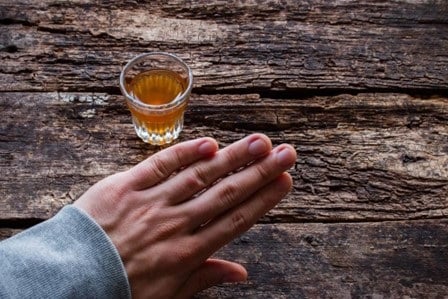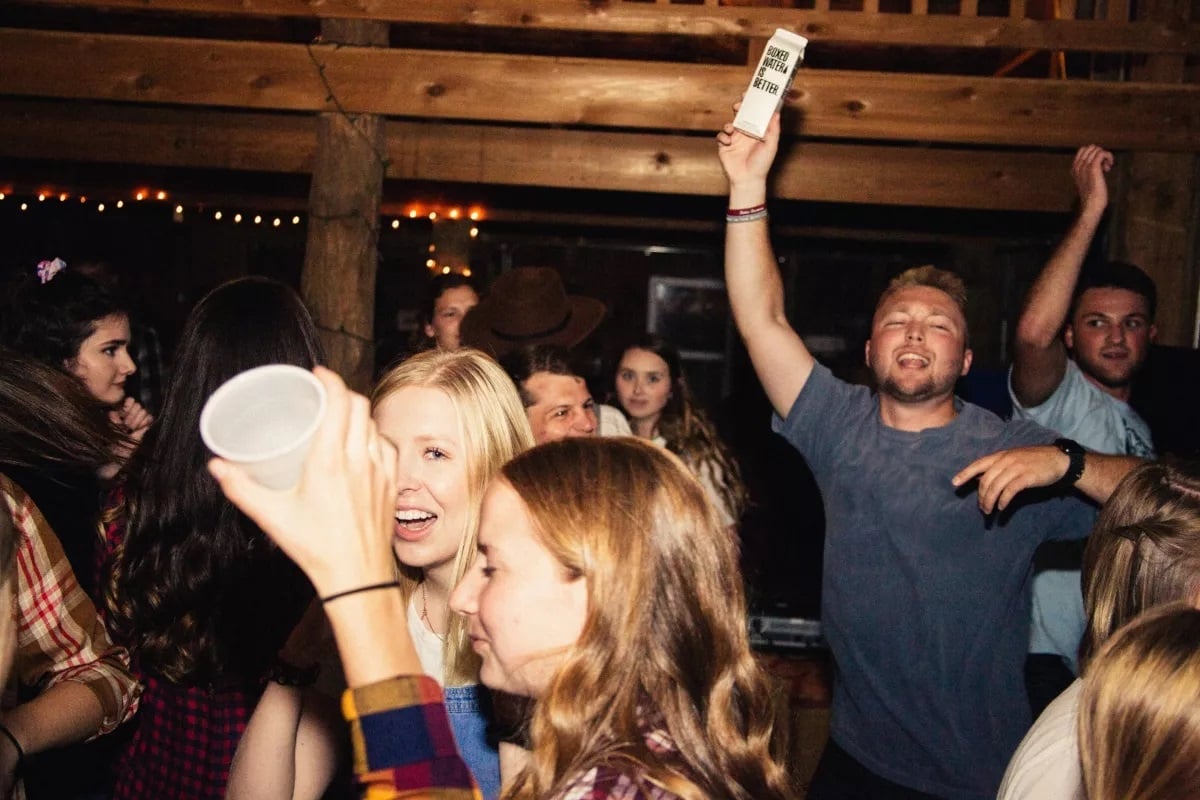Take a moment to imagine an alcoholic. Chances are that a certain stereotype, which seems nothing like yourself, comes to mind.
It is essential to realize that the reality of alcoholism is very different from what many imagine and that there are different types of alcoholics.
To better understand those who are dependent on alcohol, researchers at NIAAA [1] categorized 5 different types of alcoholics:
- Young Adult Subtype
- Functional Subtype
- Intermediate Familial Subtype
- Young Antisocial Subtype
- Chronic Severe Subtype
Avenues Recovery have outlined each subtype within this article, so you can learn about them all and identify where you or a loved one may fit in.
Most Common Type of Alcoholic: Young Adult Subtype
The most common of all the 5 types of alcoholics, young adults make up 31.5% of all alcoholics in the USA. Young and carefree, the average person in this category is between 17 and 25 and is newly legal to drink. They are also more likely to be male. They typically come from families with low rates of alcoholism and they are unlikely to suffer from co-occurring mental health conditions.
People in this subtype don’t drink as often as other types of alcoholics. However, when they do drink, they typically overdo it and binge.
Because young adult alcoholism is also cultural, it is easily dismissed as a stage of life and not an addiction. This creates a risk that neither the addict nor those around them will recognize the severity of their situation, preventing them from seeking treatment.
Young Antisocial Subtype
This subtype is the second largest form of alcoholic making up 21.1% of the total. This subtype is also mostly male (over 75%) and has often been addicted to alcohol since being as young as 18. More than half of this subtype also suffer from Antisocial Personality Disorder [2], a psychiatric diagnosis characterized by recurring criminal activities, regular fights, lack of regard for the safety of others, lack of remorse, impulsiveness, deceitfulness, and irresponsibility. They also frequently suffer from other forms of mental illness (OCD, bipolar disorder, depression) or other substance abuse disorders.
Young Antisocial alcoholics drink a lot. Their alcohol consumption is the highest of any subtype of alcoholics and they drink excessively during their drinking sessions. Because these drinkers are young and drinking heavily, the damage that can be caused to their brains is greater. Between the benefit of relief from symptoms of any co-occurring mental illness and the harm caused to one’s brain development, there is a serious danger that this addiction will remain a major part of the addict's life for a long time to come.
In their favor, because this form of alcoholism is easy to spot, young antisocial alcoholics are more likely to seek treatment. They are also more likely to try more substantial treatment programs such as detox programs and help from a health care provider.
Functional Subtype
The next largest group of alcoholics is called the functional subtype, accounting for 19.5% of alcoholics. They typically develop their alcohol dependency in their late 30s, they might smoke or suffer from depression and they are slightly more likely to be male. A functional alcoholic is more likely to have alcoholism in their family history than other subtypes.
Functional alcoholics aren’t always noticed. They often have healthy families and stable jobs. It's likely that they continue to meet the demands of their environment and separate their drinking into a second area of their life. They are no less dependent on and addicted to their alcohol, they just hide it well. As a result, many people in this subtype deny their addiction. They rarely seek treatment for the problem they don’t think exists and even those who do typically expect no more than a 12-step program to help.
Intermediate Familial Subtype
18.8% of alcoholics are classified as ‘intermediate familial’ alcoholics. Most likely to be male, this group typically starts to drink around age 17 and can find themselves with alcohol dependence by the time they're 32.
Most people of this subtype are employed, although their income level is likely to be lower than the functional subtype. Almost all of these individuals suffer from clinical depression, antisocial personality disorder, bipolar disorder, or anxiety disorder. These subtypes often co-battle a cigarette, Cocaine or Marijuana addiction too. Around half come from families with a long history of alcoholism.
Many of those who fall into the intermediate familial subtype will not seek out treatment, however, those who do are likely to attend self-help groups, detoxification programs, treatment programs, and private health care providers.
Chronic Severe Subtype
Making up just 9.2 % of all alcoholics, chronic severe subtypes are the rarest of them all.. However, those that do fall into this subtype display the most severe symptoms of chronic alcoholism. Most of this group started drinking around 15 years old and find themselves with alcohol dependence at around 29. . Out of all the other subtypes, this one rates the highest for abuse of other substances and other psychiatric disorders. Many will suffer from dysthymia, major depression, general anxiety disorder, bipolar disorder, phobias, and panic attacks. This group is also most likely to be addicted to multiple substances other than alcohol such as Marijuana, Cocaine, Opioids, and cigarettes.
77% of chronic severe subtypes have close relatives suffering from alcoholism, and more than 80% of this group struggle to stop their alcohol dependence. With acute alcohol withdrawal, more than 90% find themselves subservient to alcohol, despite the terrible physical and mental symptoms it causes. A trip to the emergency room is a common affair for this subtype.
With the lowest employment rate and the highest divorce and separation rates, this group has the time to drink more than any other. However, despite that, their overall intake is less than the young antisocial subtype.
But, this subtype has the will to change. With ⅔ of this group having sought out treatment for their alcoholism they are the most likely of all the subtypes to seek help. Help for them can be found through rehabilitation programs, self-help groups, detox programs, private specialists, social workers, and psychiatrists.
No Matter Your Subtype, There Is Help
If you identify yourself as any of the above types of alcoholic, Avenues Recovery is ready to support you. With years of experience and their own sobriety to lean on, our professional staff can guide you in your journey toward recovery. Contact us 24/7 to hear more.

Sources
[1] www.nih.gov
[2] healthline.com



